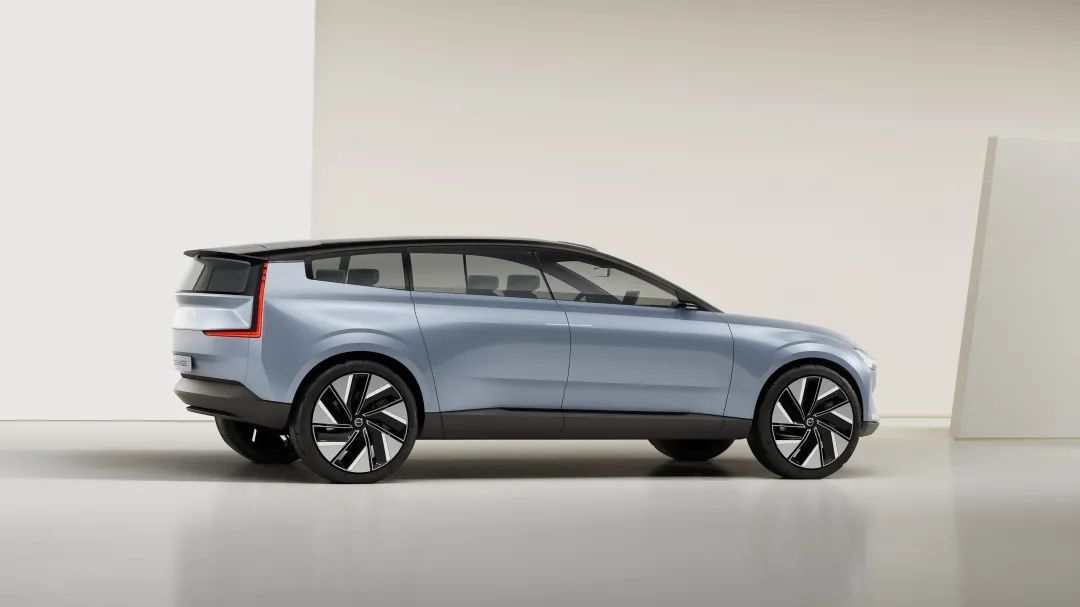What Are Traditional Automakers Thinking About in the Midst of Change?
Author: Wang Xuan
In the midst of change, what are different automakers thinking about? Indigenous brands want to surpass joint ventures, second-tier want to surpass first-tier, and new forces want to disrupt tradition. All automakers want to be tigers amid the great wave of the new four modernizations, make great strides in a day, but who can truly create their own style?
Currently, it seems that many traditional automakers are just rolling along with the waves, and the initiators who caused the waves are not themselves. Looking at the market share of new forces, we can know who the true disruptors are. These well-known new forces all have a unique C-end label, which becomes more deeply ingrained in people’s minds, and their corporate personality becomes more distinct.
After coming to this conclusion, I attempted to find those traditional automakers with their own unique style, because this part of the automakers may become the “second wave” of change.
In fact, I didn’t have any premonition that Volvo would be the representative of the “second wave” of the new four modernizations, perhaps because Volvo’s impression on me was too conventional.
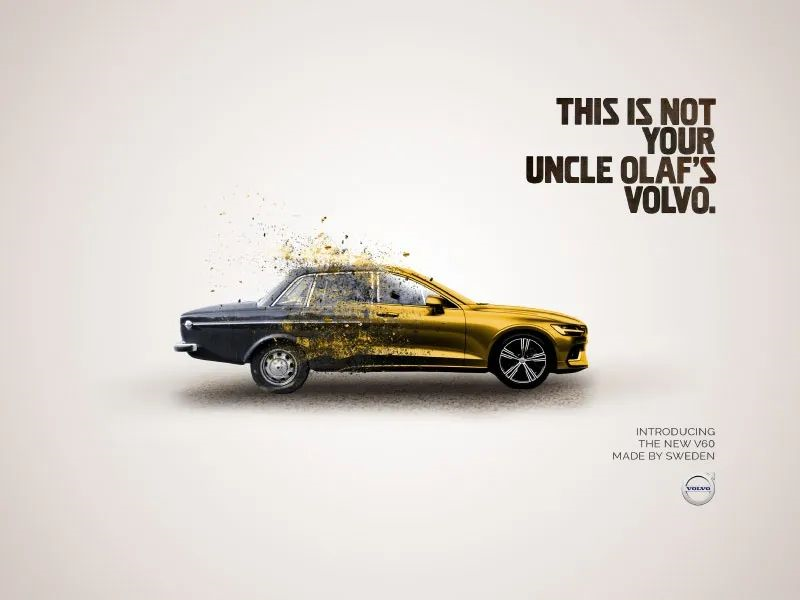
My reconsideration of Volvo was sparked earlier this year when Volvo announced that their future products will use the 1000 TOPS computing power platform composed of Nvidia Orin chips. According to Volvo’s disclosure, in 2022, they will first launch a pure electric XC90 model equipped with Orin chips and Luminar’s lidar.
Volvo is currently one of the first traditional automakers to mention “1000 TOPS computing power and lidars,” but the attention Volvo has received in this matter is far less than expected, because their speed of deploying ADAS hardware still cannot surpass that of new forces brands.
Will Volvo once again become a “follower”? I do not think so, because at the just-concluded Volvo Sustainable Development Technology Day, I found Volvo’s true style – pragmatism.
New Story 01: Don’t Do Things That Are Disconnected From the Masses
At the press conference, Yuan Xiaolin, the Senior Vice President of Volvo Cars Global and CEO of Volvo Cars Asia Pacific, joked that he envied those CEOs who can tell stories. Indeed, now the ability to tell stories seems to be on par with “fundraising ability,” convincing investors and users that the “future” they speak of has become a required subject for leading newly established car companies.
But telling stories is clearly not Volvo’s strength or corporate culture; in fact, pragmatism is.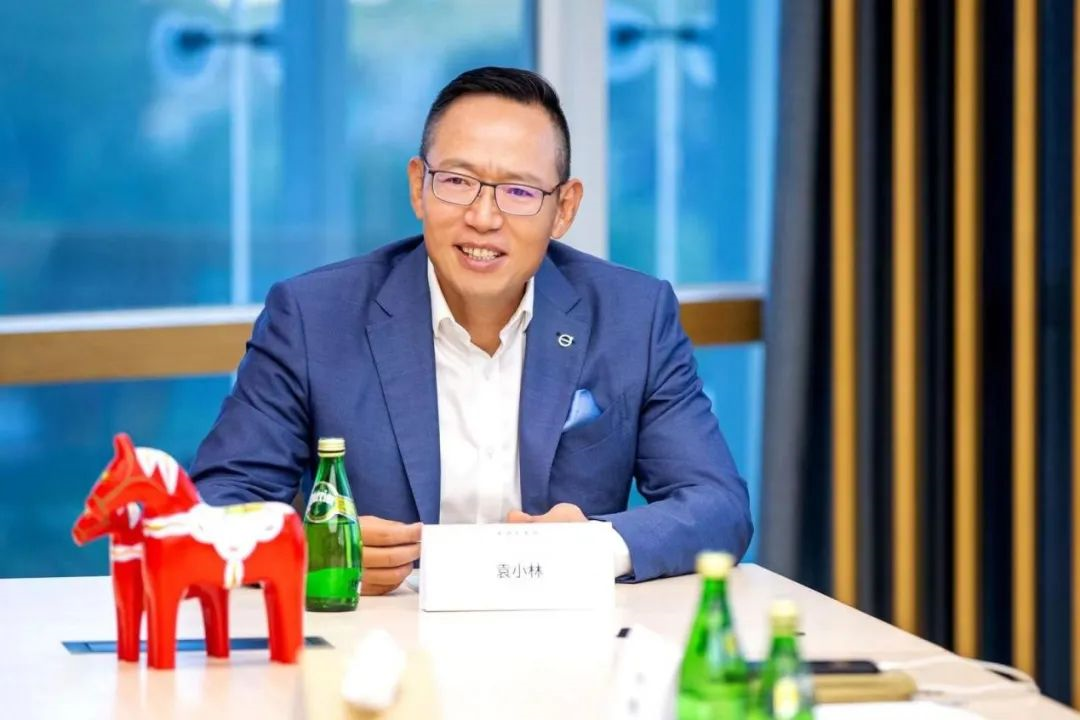
Yuan Xiaolin said that pragmatism can cover many aspects. It is based on values, consensus on the development direction of the entire society and industry, and the core of sustainable development of a business organization. These principles are the underlying foundations at Volvo and do not need to be repeated every time because we are such an organization that operates around the core.
However, in Volvo’s concept, “pragmatism” is by no means contradictory to “innovation”, but two parallel things.
Here, we will talk about a new story that was hardly mentioned before.
I believe many people know that the world’s first concept car was created by Harley Earl from General Motors, and the 1934 Chrysler Air Flow, which was crowned as the world’s first streamline car body. However, in fact, it is not like this, just like the world’s first car is not “Mercedes-Benz No.1”.
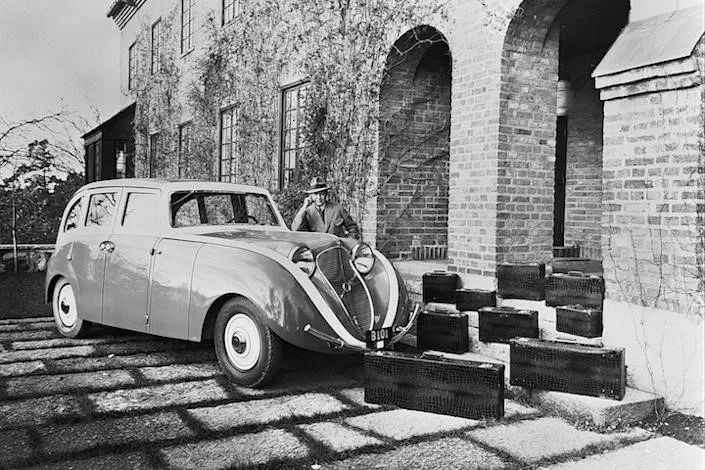
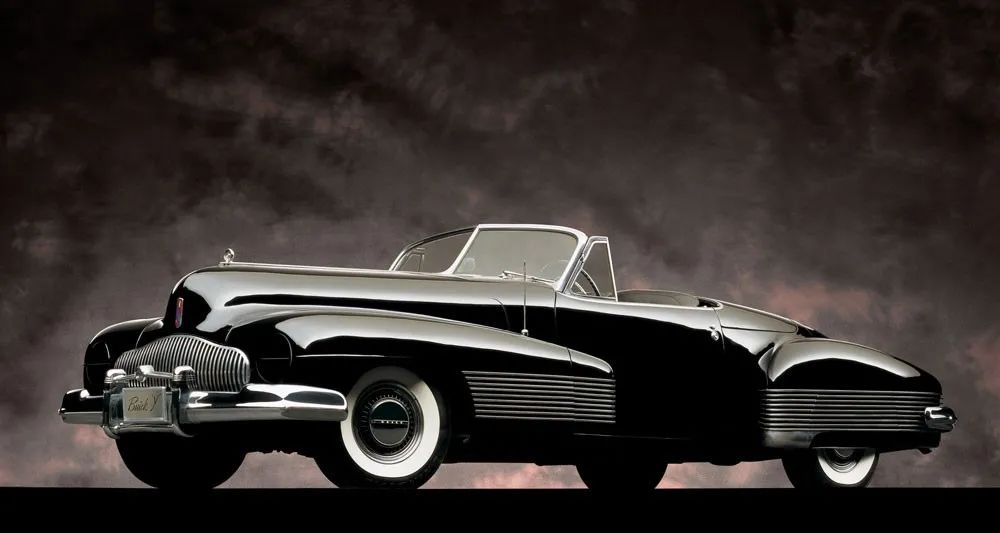
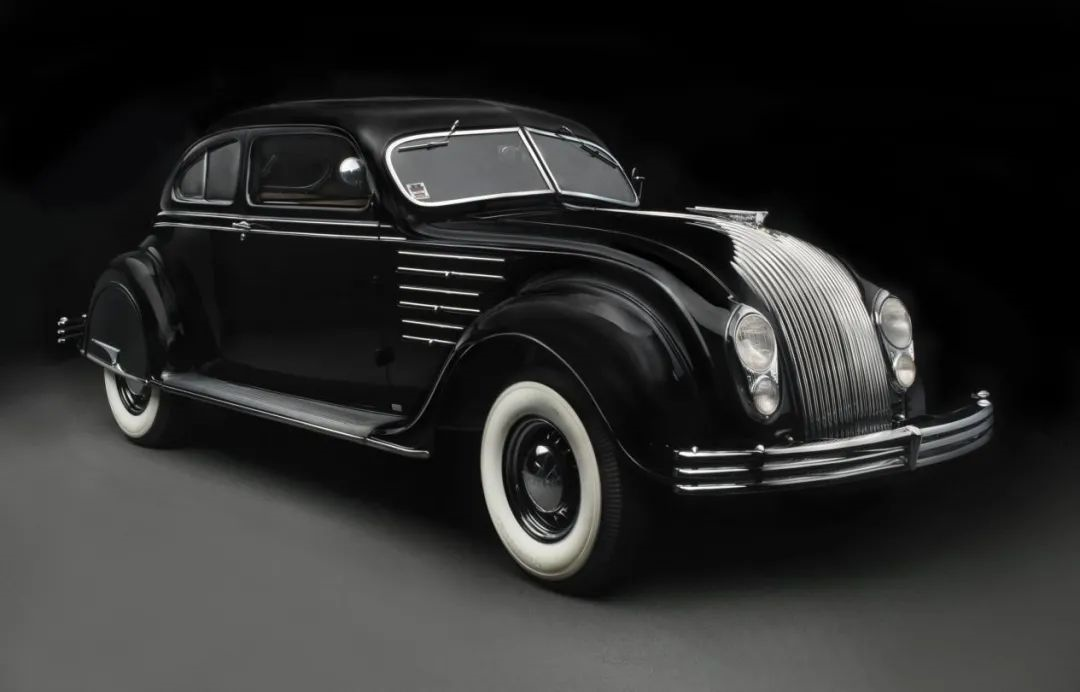
Before Y-Job and Air Flow, Volvo’s Venus Bilo should be the first concept car and the first car with a streamlined body. This car was born in 1933, and Volvo had just been established for only 6 years at that time.
In terms of design, Venus Bilo deliberately lengthened the wheelbase, making the interior space large enough to seat six people. The form of the opposite-opening door was also very creative at the time. It is worth mentioning that they reserved 9 specially designed storage bags for storage. The concepts of “elongated wheelbase” and “magic space” are still relevant today.
You may think that the story is about “subversion”, what does it have to do with “pragmatism”?
 # Venus Bilo Concept Car and the Importance of Meeting Customer Needs
# Venus Bilo Concept Car and the Importance of Meeting Customer Needs
Venus Bilo is considered a concept car because Volvo’s main purpose in creating it was to explore the market. However, the project did not come to fruition because Volvo found that consumers were not interested in products with “advanced designs.”
After the project, dealerships reported to Volvo that they should make cars that better meet people’s needs. At that time, cars were only seen as short-distance transportation tools, and were also very expensive for most people. The cost of a car primarily depended on the basic metal materials, and the size of the car body was directly proportional to the price. Therefore, consumers could not afford large cars, and the Venus Bilo project failed.
This shows that Volvo’s products are not the result of product managers’ personal wishes. The practical basic element is not to make products that are divorced from the people.
This reminds me of a major event that occurred earlier this year. A new car manufacturer spent a lot of money promoting its L4-level autonomous driving technology when the product with this technology costs around 200,000 RMB.
We need to think about the real needs of users for this technology. The reality is that many consumers who buy cars at this price point may not have a fixed parking spot, especially in first-tier cities with scarce parking resources. This is a manifestation of being disconnected from the people, and the result is that the product still cannot achieve good market performance. The mismatch between technology and positioning will eventually become a self-evident fact for tech enthusiasts.
Returning to Volvo, the L2-level autonomous driving system equipped in Volvo cars today is already good enough and reliable enough, and the real needs of users for assisted driving functions are only these two points.
Safety has always been Volvo’s top priority. Håkan Samuelsson, President and CEO of the Volvo Car Group, promised as early as 2015 to take legal responsibility for accidents that occur in autonomous driving-assisted mode in compliance with traffic regulations.
When it comes to autonomous driving, Yuan Xiaolin, CEO of Volvo China, emphasized that it is not a one-step process but a process of technological evolution, gradually opening up laws and regulations, and improving user awareness.
In addition, today’s car companies also face the problem of regional differentiation. Although intelligence and electrification have become global trends in automotive development, users in different regions have different needs for intelligence, and corresponding localization processing is needed at the software level. Therefore, “intelligence” is difficult to achieve “globalization.”Although after Geely’s complete acquisition of Volvo, we may feel that the relationship between Volvo and the Chinese market has become closer, it is still an international auto company. Therefore, Volvo did not act aggressively in this matter.
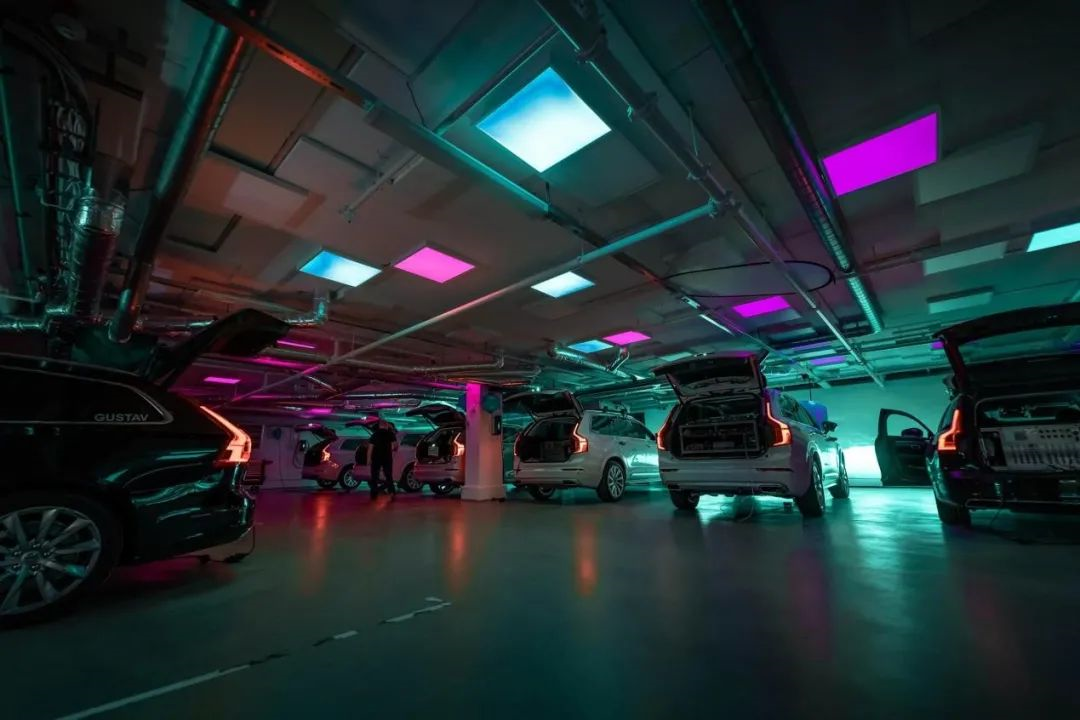
However, not being aggressive does not mean that Volvo has no innovation and core technology in advanced driver assistance systems (ADAS). As early as 2015, Volvo began to cooperate with world-class autonomous driving suppliers to develop ADAS systems. At the same time, Volvo has in-house ADAS research and development capabilities and also owns Zenseact, an autonomous driving software development company.
In the field of intelligent cockpits, Volvo is working with Google to develop native Android systems, as well as working with top domestic and international partners such as Huawei, Alibaba, Tencent, and iFlytek. Volvo is also developing intelligent scene integration and establishing the company-level data platform OneDB to achieve seamless integration of multiple applications using a single user account.
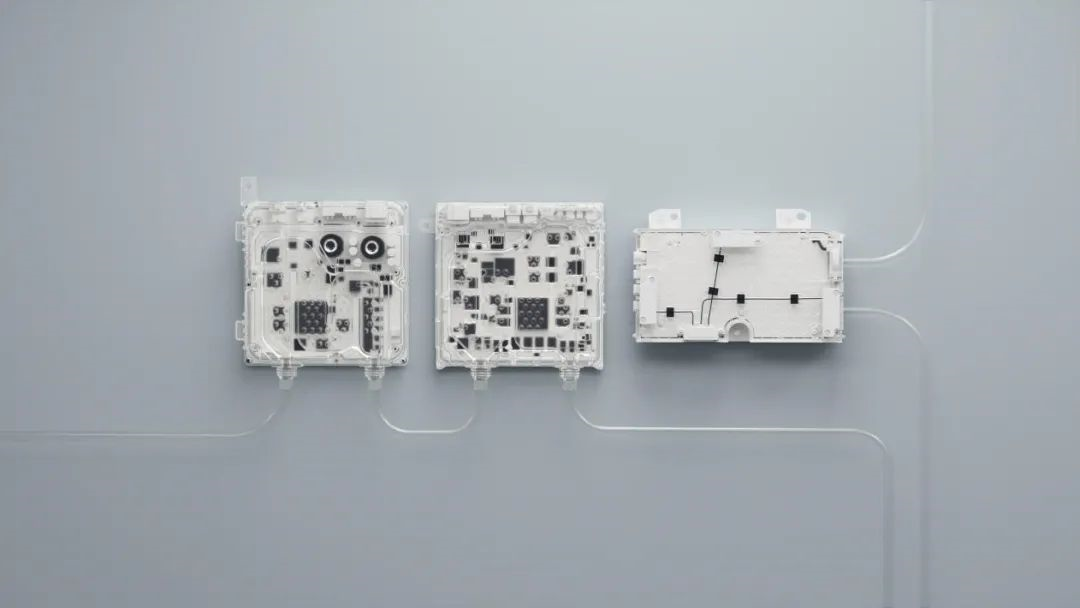
Although the Venus Bilo concept car launched by Volvo 88 years ago did not enter the market, Volvo mastered the technology to manufacture large vehicles. Like today’s Volvo, it creates products without departing from the demands of the masses and has rich technical reserves. When the market demands it, it quickly puts technology into the market, truly achieving timely changes.
New Story 02: Finding Your Own Way in the Luxury Market
In the era of intelligence, how to define luxury is a question that every luxury car brand should consider, especially in the Chinese market where domestic brands and new car companies are rising.
In the past decade, domestic brands are working hard to level up with joint venture brands in terms of configuration. Nowadays, we can see configurations such as air suspension, high-performance brakes, full-seat ventilation massage, and 3s-level acceleration on locally produced cars priced at 300,000 RMB. It seems that luxury brands may only rely on brand premiums to sustain product prices, but this is definitely not a long-term solution. Every luxury brand needs to find its own way in the market.
Back in 1952, Volvo, which had struggled in the European market for 25 years, decided to expand its business to North America. The core issue facing Volvo’s soldiers at that time was similar to today, which was how to respond to significantly different market styles.
Today’s differences come from users’ different understandings and acceptance levels of intelligence. The differences 70 years ago came from the style of the vehicle. At that time, the North American market, especially the American people, was obsessed with space exploration, known as the “Jet Age.”There were three prominent features of American car models during this period: rocket-shaped tails, V8 engines, and large-sized bodies. After some research, Volvo decided to respond to the market with a model called the Volvo Philip (which already sounds very American), equipped with a V8 engine and rocket-shaped tail, only slightly smaller in size, looking like a scaled-down version of a Cadillac.
However, this car specially designed for the American market has never been to the mainland of America. The official reason given at the time was due to changes in company personnel that resulted in the cancellation of this plan. But I don’t think the truth is that simple. Catering to the market is not wrong, but the way to do it needs to be considered. It is obviously unwise to overturn your own style to cater to the market. Just like Mercedes-Benz today, they need to meet the demand for intelligence and fill the S-Class with screens and high-tech, but the S-Class with technology support has lost the texture and elegance that a luxury sedan should have, which is also criticized in the C-end market.
The only Philip quietly lies in the Volvo Museum in Gothenburg. Three years later, Volvo finally landed in the United States, but with the already mature PV444. The story of four years later is well known. Volvo invented the three-point safety belt and popularized the technology globally. According to incomplete statistics, the three-point safety belt has saved the lives of more than one million people. By creating a “safety” label, Volvo gradually found its own path in the luxury market by refusing to follow the trend.
Consumers in the Chinese market consider BBA as a first-line luxury brand, because these three established automakers each have their own unique style: Mercedes-Benz for luxury; BMW for sports; and Audi for unique “official background”. Volvo’s path to luxury is not as clear as that of BBA, because the safety attribute it deepens is the most basic standard for a means of transportation, and it is something consumers hope to have but do not want to use. Therefore, this road is relatively difficult to walk, and Volvo needs to convey its values to users to support its luxury attributes.
So, how can Volvo make a breakthrough in the luxury market in the future? The first breakthrough that comes to mind is “intelligence”, just as Mercedes-Benz uses intelligence to enhance the understanding of luxury.Translate the following Chinese text in Markdown format into English Markdown format, in a professional way, preserving the HTML tags inside Markdown, and output only the result.
However, I personally do not have confidence in the direction of “Intelligent Remodeling of Luxury”. As independent financial commentator Ye Tan said: “The problems that intelligentization solves are mainly concentrated in two areas, one is safety and the other is efficiency.” Safety and efficiency themselves are two directions that are difficult to create much added value. The rise of new car companies undoubtedly proves one thing: the ideal intelligent configuration must be a set of travel service package that can be solved within 100,000 yuan, such as Tesla’s FSD package price of 64,000 yuan. The premium means of NIO is service rather than intelligence. In terms of understanding intelligentization, luxury brands have no advantage.
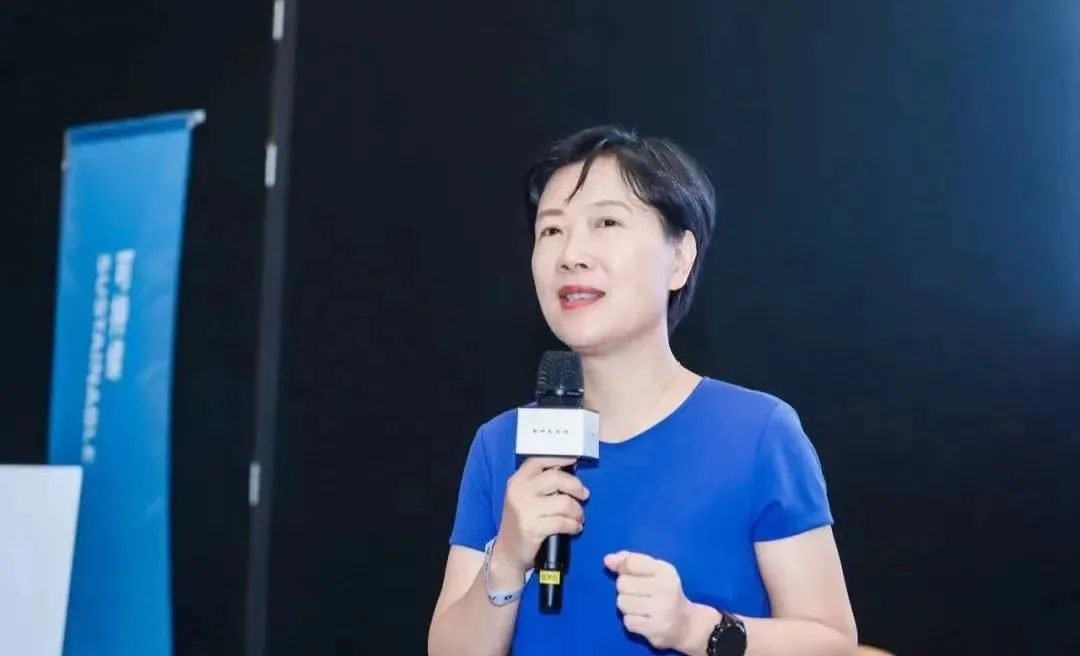
Volvo has actually remained calm in terms of intelligence. So, are there other paths for them to take? The answer given by Mr. Yuan Xiaolin is: “Sustainable development and low-carbon products will become an important component of the definition of luxury cars themselves.”
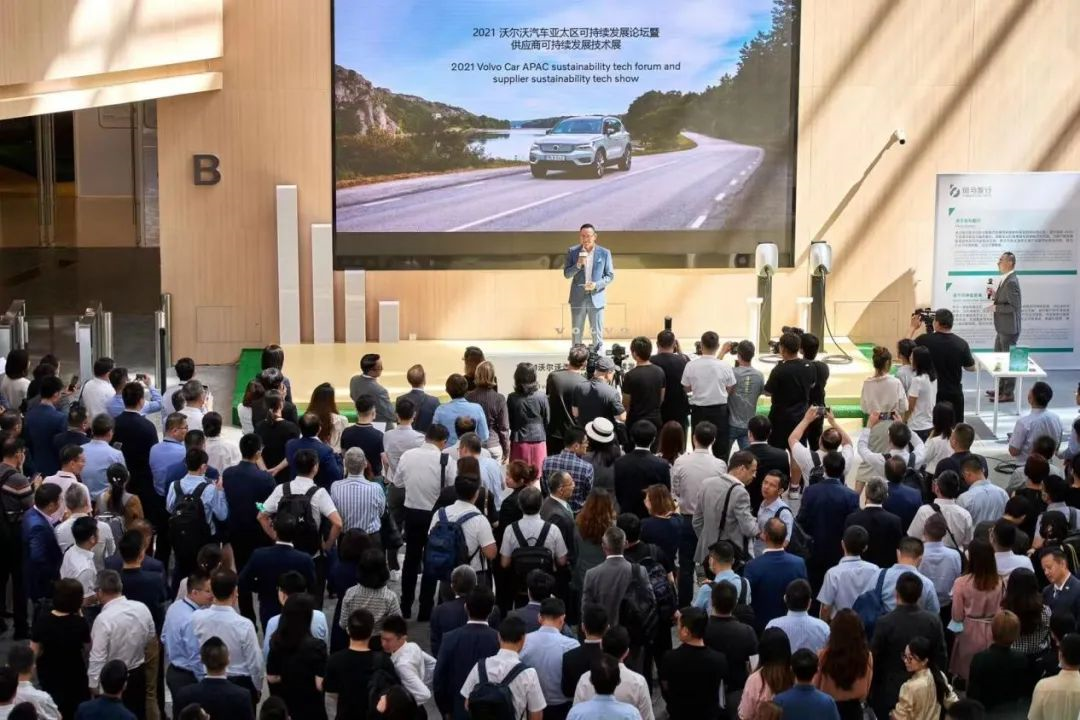
In the direction of “sustainable development” and “low-carbon”, Volvo has taken concrete actions.
-
In the field of climate action, Volvo Automotive’s short-to-medium-term goal is to reduce the average carbon emissions in the entire life cycle of each car by 40% from 2018 to 2025 and reduce the carbon dioxide emissions of the entire value chain. Among them, tailpipe emissions are reduced by 50%, global supply chain emissions are reduced by 25%, and overall enterprise operational emissions are reduced by 25%.
-
Circular economy can reduce the exploitation of limited resources, effectively utilize resources, eliminate waste, and further help reduce overall carbon emissions.
One of Volvo’s working directions is to use more recyclable and biobased materials in products, with the goal of applying 25% recycled materials in new cars by 2025.
-
Volvo is the first traditional car manufacturer to propose a comprehensive electrification strategy and take the lead in bidding farewell to a single internal combustion engine model. Its goal is that 50% of its global annual sales by 2025 are pure electric models, and it will become a pure electric luxury car manufacturer by 2030.
-
Volvo also has high requirements for partners. The goal is to reduce CO2 emissions related to the global supply chain by 25% by 2025.
For this reason, after achieving 100% use of renewable power in the Chengdu factory, Volvo Automotive proposed the initiative to switch to clean energy for local suppliers in Chengdu in November 2020. Currently, 30 suppliers in Chengdu and its surrounding areas have implemented the use of clean energy.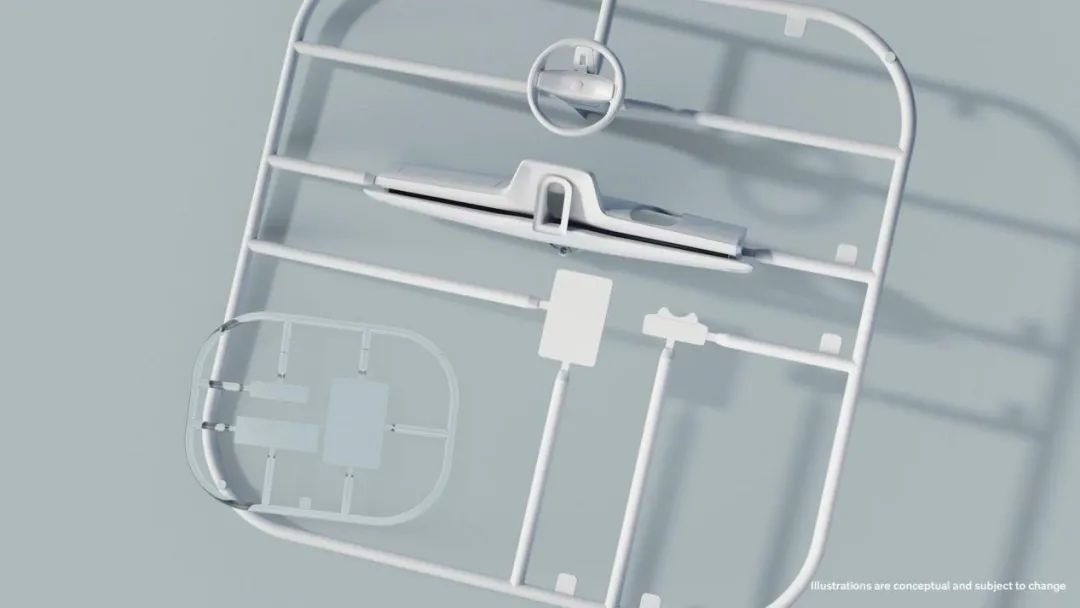
There is no denying that “sustainable development” and “low carbon” are still value-oriented things. Volvo needs to continuously convey new values to users to ensure brand vitality, just as they did with safety concepts seventy years ago.
However, by choosing this path, Volvo needs to spend more time building its brand image, because what they are doing in the “carbon neutrality” and “carbon peak” fields is invisible and intangible to C-end users. Whether they can improve their brand image in users’ minds through this remains unknown.
However, Volvo is one of the first car manufacturers to reach the “carbon neutrality” and “carbon peak” battlefield, and this can also be seen as a major reference item in Volvo’s defined “luxury brand value” – “social responsibility”.
New Story 03: Foresee the Future
“Future”, a term mentioned most frequently by car manufacturers in the past decade. I believe most media people are very sensitive to this term, as every time it appears, it heralds the arrival of a “new story”, most of which are about energy.
Today’s automotive industry is facing the transformation to electrification and the responsibility of achieving “carbon peak”. Looking back at the history of the automotive industry, it can be found that energy and environmental problems are the two core problems that periodically plague the industry.
In the 1970s, the automotive industry experienced the most severe oil crisis in its history, which was also the beginning of the end for large-displacement naturally aspirated engines. Therefore, at that time, car manufacturers were all thinking about one question: how to increase the horsepower of small-displacement engines to replace large-displacement engines.
Two core technologies emerged at that time, the turbocharged technology represented by Volvo and the high-revolution engine technology represented by Honda VTEC. History has proven that turbocharged technology is an important link to take over small-displacement engines and enter the era of electrification, so how far ahead did Volvo go in this technology?
In 1982, the Volvo 240 series model was already equipped with a turbocharged engine. By the 1990s, Volvo had completely mastered the turbocharged technology and was already able to control the power difference on the same engine by controlling the turbo pressure value.
In other words, Volvo had already achieved the ability to cover different configurations of car models with different power versions of the same engine, similar to the “high and low power” engine strategy adopted by today’s luxury brands. It can be said that Volvo was more advanced than BBA in both technology and product concept at that time.## Energy Transition: Driving Automotive Industry Towards “ALL IN” Electric
The energy transition is just the backdrop of an era, under which the automotive industry will engender a tremendous amount of new emerging technologies. The sensitivity to these new technologies will determine whether a car company can seize the opportunity and elevate its brand power through this wave of transition.
Electrification has become irreversible, and Volvo’s strategy is to go “ALL IN” in this new era. In its planning, Volvo aims to transform into a luxury electric car brand by 2030. To achieve this, they must truly “overturn” existing technology barriers.
In the future, Volvo will introduce SEA, the vast architecture under Geely Group. On the intelligent vehicle system side, Volvo will integrate its own technology, the VolvoCars.OS, which covers operating systems such as Android Automotive OS, QNX, AUTOSAR, and Linux. VolvoCars.OS’ integrated advantage enables centralized computing, which significantly reduces the complexity of the system.
In terms of intelligent driving, Volvo will adopt NVIDIA technology to introduce central computing power. The central computer and autonomous driving computer supported by NVIDIA technology can achieve remote updates, making its products more secure, personalized, and sustainable. While also providing the computing power needed for vision and Luminar lidar processing.
Regarding batteries, Volvo plans to cooperate with the Swedish battery company, Northvolt to increase its battery products’ energy density by 50% compared to today’s similar products’ standards.
In the next ten years, the battery energy density on Volvo’s products is expected to break through the milestone of 1000 Wh/L and achieve a practical range of 1000 kilometers. By mid-decade, charging time is expected to be reduced by nearly half. Volvo strives to implement the repeated use of batteries through reusable raw materials.
In addition, future pure electric vehicles from Volvo will feature two-way charging, allowing users to transfer excess battery power back to the grid.The appearance of this feature means that Volvo hopes the concept of “carbon peak” can be implemented for every user. Volvo electric vehicle owners can supply electricity to the grid when the electricity price and carbon emissions reach the daily peak, and can charge their cars through the grid to achieve V2G function in the opposite period.
Conclusion
Perhaps the “pragmatic” style may not make Volvo a brand that consumers think of at the first time, but as a nearly century-old automaker, they have a huge fan base. These users love Volvo precisely because of its “pragmatic” nature. As the above story tells us, Volvo has been down-to-earth in making products, being true to itself, and transforming in any era.
Persistence is the most charming quality.
This article is a translation by ChatGPT of a Chinese report from 42HOW. If you have any questions about it, please email bd@42how.com.
